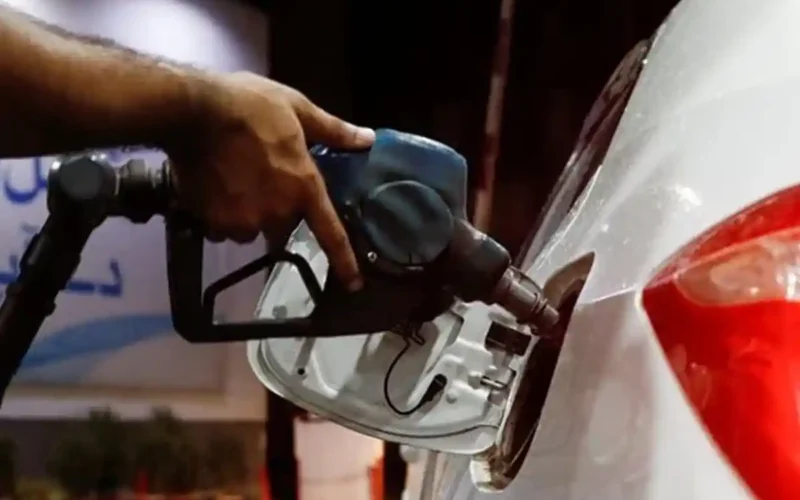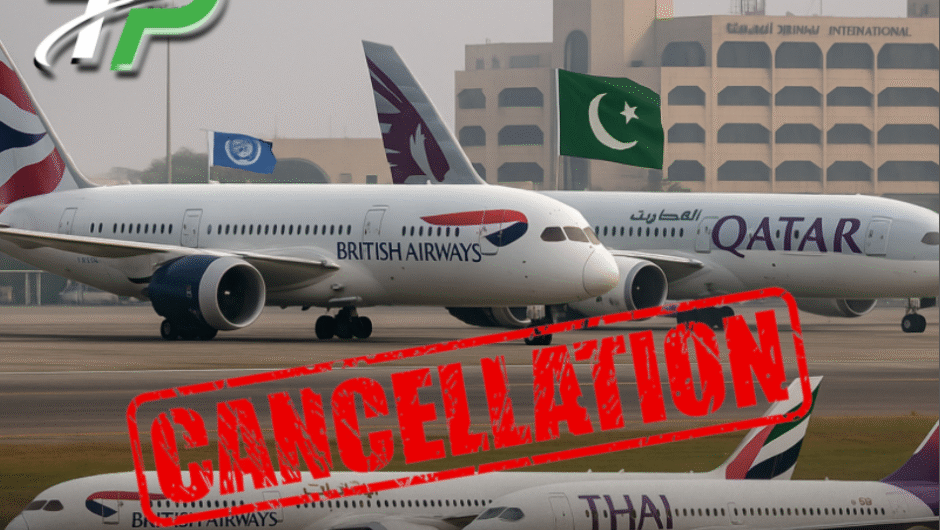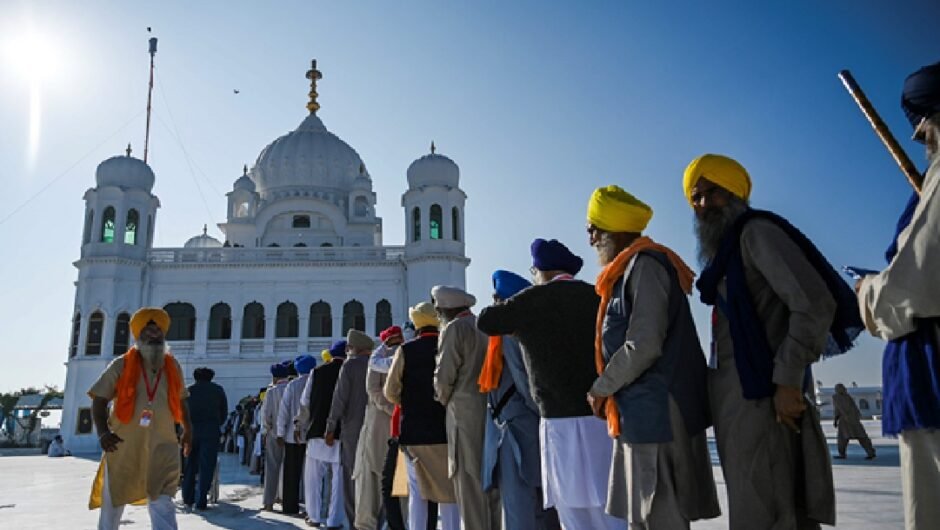Pakistan’s economy demonstrated cautious resilience in the second quarter of the current fiscal year, posting a 1.73% GDP growth rate despite a noticeable slowdown in its industrial sector. This modest expansion, reported by the Pakistan Bureau of Statistics (PBS), underscores the complex dynamics of an economy grappling with structural challenges while leaning on traditional sectors to sustain momentum. While the growth figure signals a fragile recovery from recent crises, it also highlights the urgent need for reforms to address underlying vulnerabilities.
Sectoral Breakdown: Agriculture and Services Offset Industrial Woes
The agricultural sector, a cornerstone of Pakistan’s economy, emerged as a key driver of growth. Contributing nearly 23% to GDP, agriculture expanded by 5.02% year-on-year, buoyed by improved outputs of major crops like wheat, sugarcane, and cotton. Favorable weather conditions, government subsidies on fertilizers, and targeted support for farmers played pivotal roles in this rebound. The sector’s performance not only bolstered rural incomes but also eased food inflation pressures temporarily, providing much-needed relief to households.
Similarly, the services sector, which accounts for over 50% of GDP, grew by 2.1%. Key contributors included telecommunications, finance, and public administration. Remittances from overseas workers—exceeding $7 billion in the quarter—fueled domestic consumption, while growth in IT exports and digital services signaled emerging opportunities in Pakistan’s tech-driven economy. However, the sector’s gains were partially offset by muted wholesale and retail trade activity, reflecting weaker consumer demand amid inflationary pressures.
In stark contrast, the industrial sector contracted by 0.93%, dragged down by declining large-scale manufacturing (LSM), which fell by 3.7%. Chronic energy shortages, soaring input costs, and tighter monetary policies stifled production in textiles, automobiles, and construction materials. The State Bank of Pakistan’s aggressive interest rate hikes—aimed at curbing inflation—further constrained industrial borrowing and expansion plans.
The Industrial Slowdown: Root Causes and Ripple Effects
Pakistan’s industrial struggles are multifaceted. Energy crises, including gas and electricity shortages, disrupted factory operations, while global commodity price shocks inflated the cost of imported raw materials. Political uncertainty and delays in securing critical International Monetary Fund (IMF) bailouts exacerbated foreign exchange shortages, limiting access to essential inputs.
The textile sector, which contributes 60% of Pakistan’s exports, faced particularly severe headwinds. Lower global demand, coupled with domestic production bottlenecks, led to a 15% drop in textile exports year-on-year. This decline not only hurt industrial output but also widened the trade deficit, straining the country’s already fragile external account.
Growth Amid Austerity: Policy Trade-Offs
The Q2 growth occurred against a backdrop of stringent austerity measures tied to the IMF’s $3 billion standby arrangement. While fiscal tightening stabilized the rupee and reduced the risk of default, it also dampened public sector development spending and industrial stimulus. Critics argue that short-term stabilization has come at the cost of long-term growth, as infrastructure projects and social programs faced budget cuts.
However, the government’s focus on agriculture and SMEs—through initiatives like subsidized loans and crop insurance—helped cushion the economy. These measures, though insufficient to offset industrial declines, underscore the role of policy prioritization in navigating crises.
Looking Ahead: Sustainability and Structural Reforms
While (Economy) the 1.73% growth is a positive marker, questions linger about its sustainability. Reliance on agriculture and remittance-driven services is precarious, given climate vulnerabilities (e.g., floods, droughts) and fluctuating global labor markets. The industrial sector’s stagnation remains a critical concern, as long-term economic stability hinges on export diversification and manufacturing revival.
Experts urge the government to address energy inefficiencies, simplify tax regimes, and attract foreign investment in export-oriented industries. Additionally, enhancing access to credit for SMEs and investing in renewable energy infrastructure could spur job creation and reduce production costs.
Economy : A Fragile Balance
Pakistan’s Q2 economic performance paints a picture of cautious optimism. The growth, though modest, reflects the resilience of its agricultural base and the vital role of diaspora remittances. However, the industrial slowdown serves as a stark reminder of systemic vulnerabilities that require urgent attention.
For Pakistan to transition from stabilization to robust growth, policymakers must strike a delicate balance: maintaining fiscal discipline while fostering an enabling environment for industry and innovation. As global headwinds persist and domestic challenges mount, the path to sustainable economic recovery remains fraught—but not insurmountable.
Topics #Pakistan #trending pakistan




